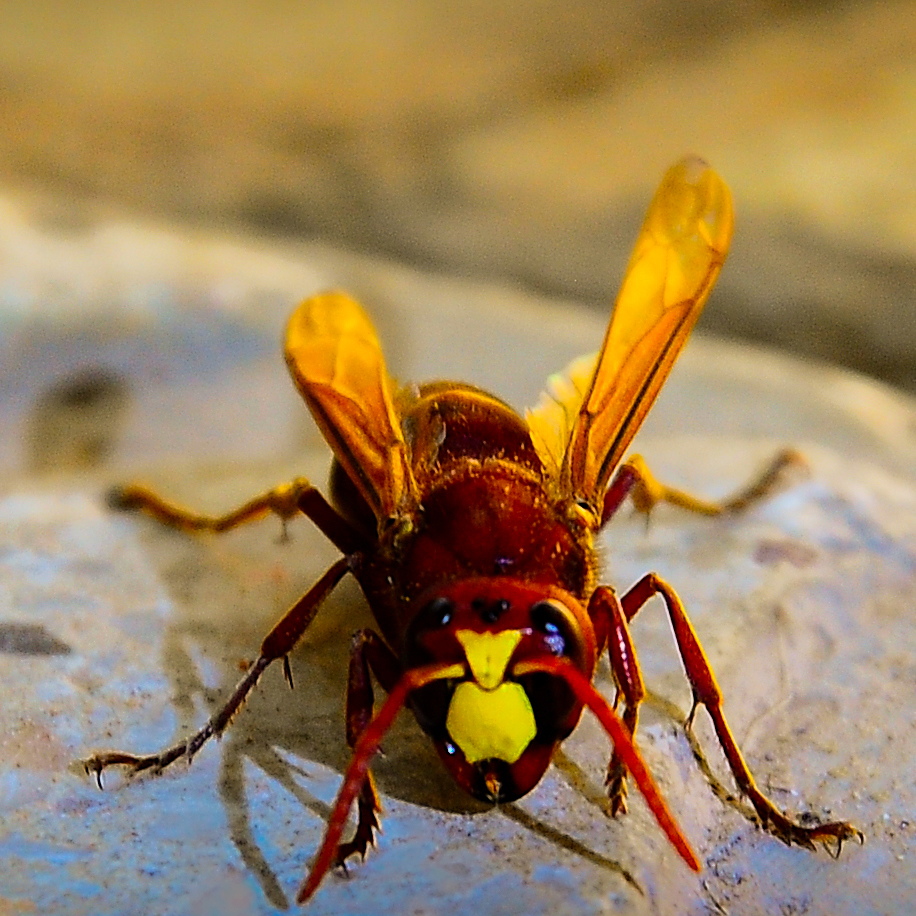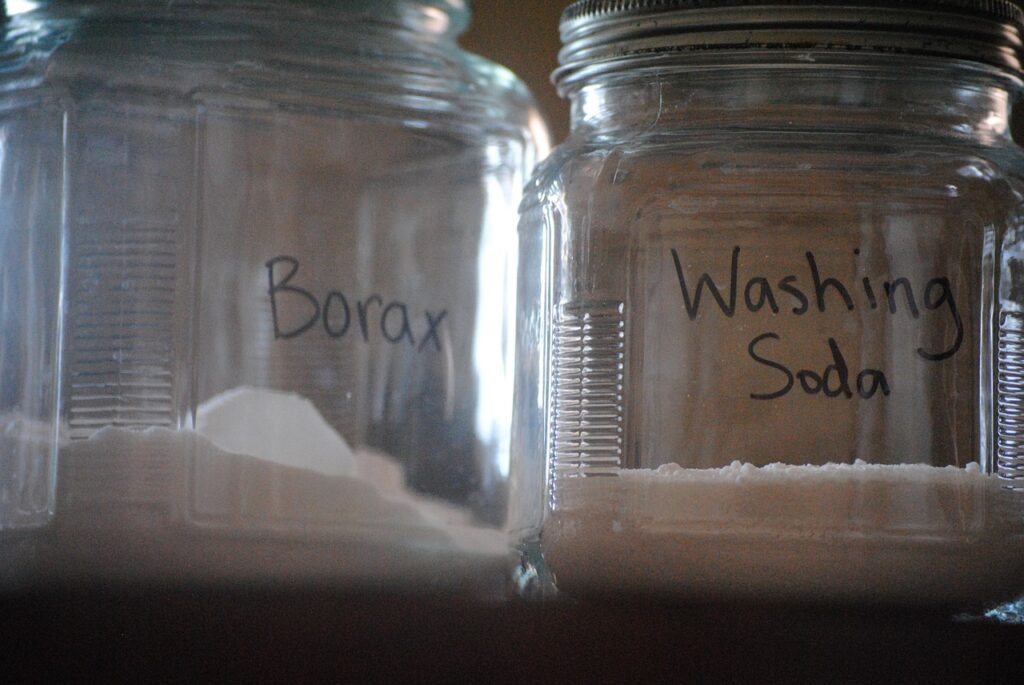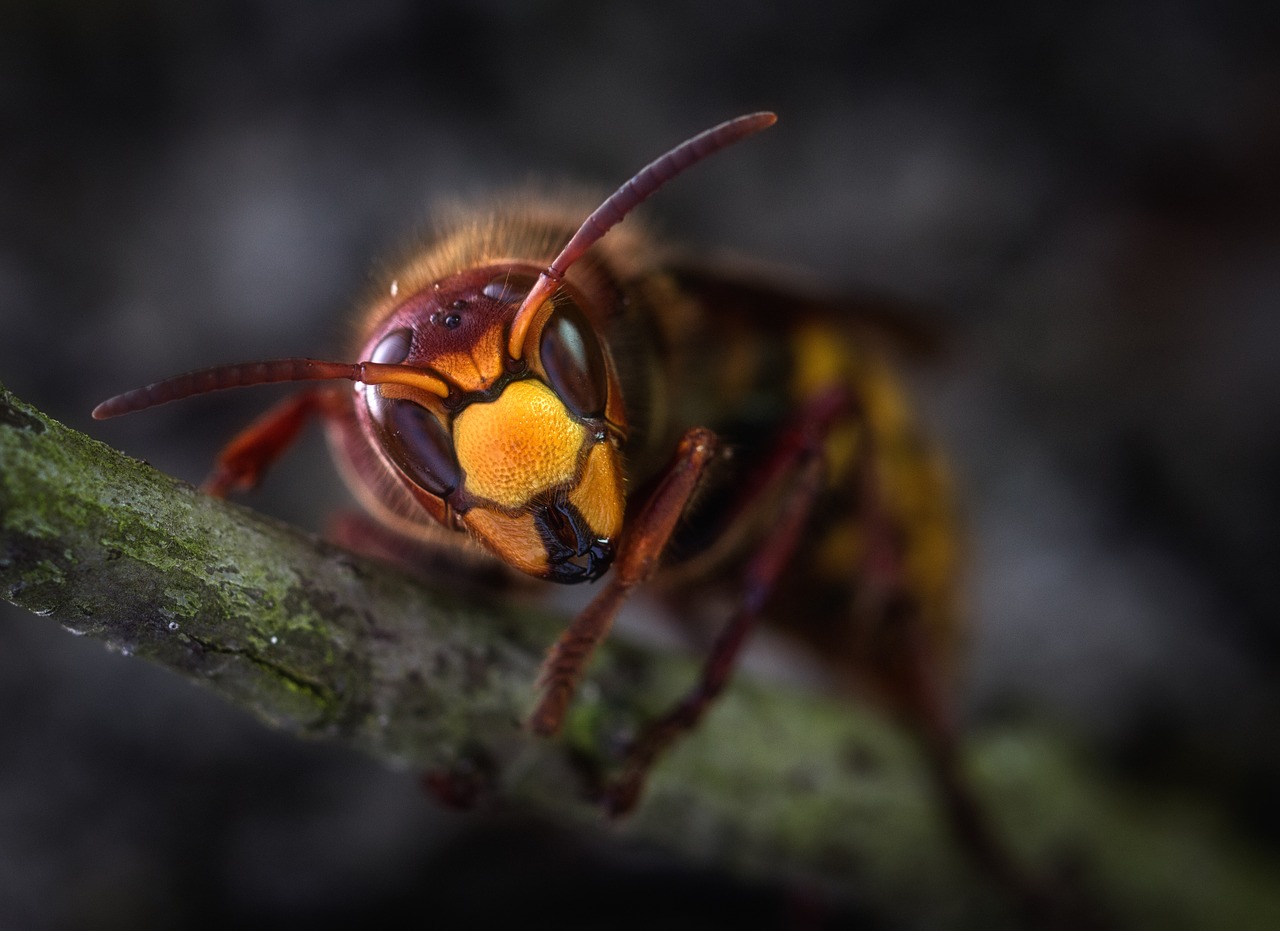Stinging pests, such as wasps, yellowjackets, and hornets are important pollinators, but we do not want them building their nests in our homes. Not only can these nests cause costly damage to our property, but their stings are painful and can lead to medical emergencies. Hornets are the largest of the eusocial wasps, and look very similar to yellow jackets. And here’s everything you need to know about hornet nests
1. Hornets are a kind of wasp
Hornets, yellow jackets, and wasps are different from each other. They have different characteristics and habits, so they require different pest control methods.
As mentioned earlier, hornets are a type of wasp. The same thing can be said for yellow jackets. “Wasps” is a generic term some people use to refer to stinging pests in general.
2. There are two common types of hornets
The two common types of hornets that can infest your home are the European hornets and the baldfaced hornets. Again, it’s important to know which type you have at home because they have different characteristics and habits that will require different pest control methods.
For instance, European hornets are less aggressive. And they also tend to nest in cavities, hollow spaces, and voids. You may see them nesting in attics and inside walls. Baldfaced hornets, on the other hand, are more aggressive. And they also tend to nest in aerial spaces, like in eaves and roofs.
If you see stinging pests nesting in the ground, you are probably dealing with yellow jackets or ground wasps, not hornets.
3. Hornet nests are made of a paper-like material
Like other wasp nests, hornet nests are made of a paper-like material. This material is a combination of wood sheddings hornets have gathered and their saliva. The composition of their nests is part of the reason why it is not advisable to burn them. They are flammable, and you are only putting your home at risk of fires and yourself at risk of burns.
Many times, hornet nests are also only partly visible. The nests may be deeply rooted in the voids of your walls, for example. Burning them will not be effective because the fire is not likely to reach the deeper parts of the nests anyway. And if it does, it only increases the risk of house fires.
4. Locate hornet nests
It’s relatively straightforward to find the hornet nest in your home. Simply follow the hornets buzzing around. They will eventually go back to their nest. If you don’t usually see hornets around but you know there is a nest nearby, you can bait the hornets out.
Hornets typically eat plant nectar and insects. But you probably don’t want to use those as baits. You can use fruits and sodas instead. Simply place fruits or sodas in a general location where you think the hornet nest may be. Wait for some hornets to consume them and follow them back to their nest.

5. Call pest control professionals
Commercial hornet control products like insecticides and DIY methods like soapy water can be complicated. You have to read instructions and follow them carefully and think of consequences yourself. This gives a lot of room for error.
The best way to get rid of hornets is to call pest control professionals. You are sure that your problem will be solved efficiently and safely.
6. Be careful of DIY methods
There are a lot of effective DIY methods out there to get rid of hornets. But you shouldn’t blindly believe everything you read on the internet. For instance, it’s indeed effective to use soapy water against hornet nests. But what if you are dealing with European hornets inside your walls? You will only cause more structural damage to your property if you blindly follow what you read and pour soapy water inside your walls.
You can still try DIY methods, but you also have to think about what consequences they can have in your home.

7. Other methods to remove hornet nests
As mentioned above, all stinging pests are pollinators and so if you can remove and relocate these beasties. But if all else fails…
To use a vacuum cleaner, simply put its muzzle in the hornet nest to suck all the hornets inside. If you can put soapy water in your vacuum cleaner’s barrel, the better. It will help drown and kill the hornets you suck.
If you really have to use an insecticide, make sure to read the instructions on the packaging and follow them diligently to make sure you are doing the right thing and you are not putting yourself in danger of chemical toxicity.
Once you have successfully and safely removed the hornets, you can scrape the hornet nest off your property. And then you can either double wrap it with plastic bags and throw it in the garbage can or burn it somewhere safe.
8. Best time to remove hornet nests
You have to be strategic in your approach to eliminate as many hornets as possible. The best time to attack is at dusk or dawn because these are the times when most hornets are back in their nest resting or sleeping.
9. Wear protective gear to avoid hornet attacks
Hornet stings are painful. You can experience bleeding, itching, and swelling in the affected areas. To make things worse, hornet venom contains histamines that can give you allergies. Many times, the allergic reactions will only result in intense itching.
But there are rare cases where the allergic reactions are so severe that they can lead to difficulty in breathing, tightening of the chest, and vomiting. If you are experiencing these symptoms, seek medical help immediately. You may be suffering from anaphylaxis, a life-threatening bodily reaction. This is actually not unique to hornets. Other stinging pests, like yellow jackets, are just as dangerous.
If you choose to remove the hornets yourself, you can minimize the risk of hornet stings by wearing protective gear — masks, long-sleeved shirts, pants, gloves, and boots, for example. Cover as much skin as possible.

